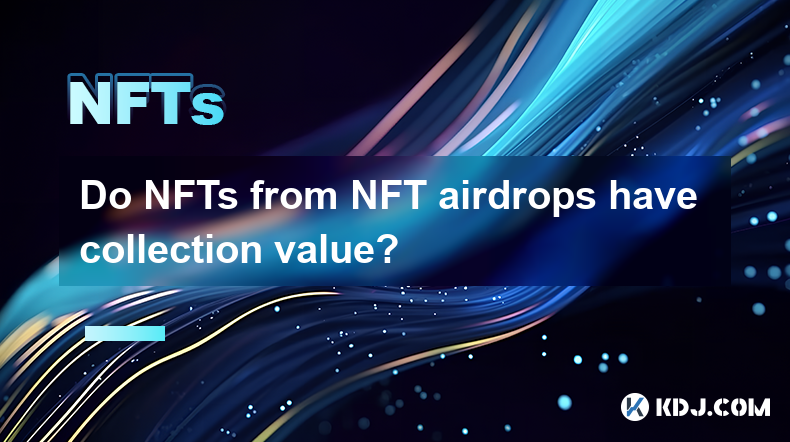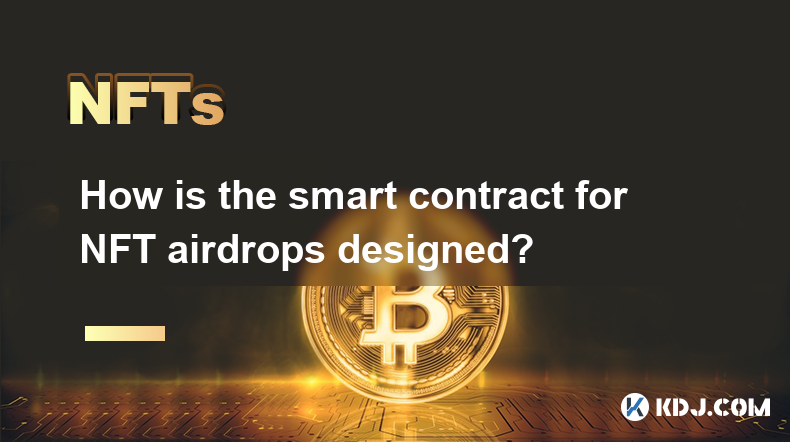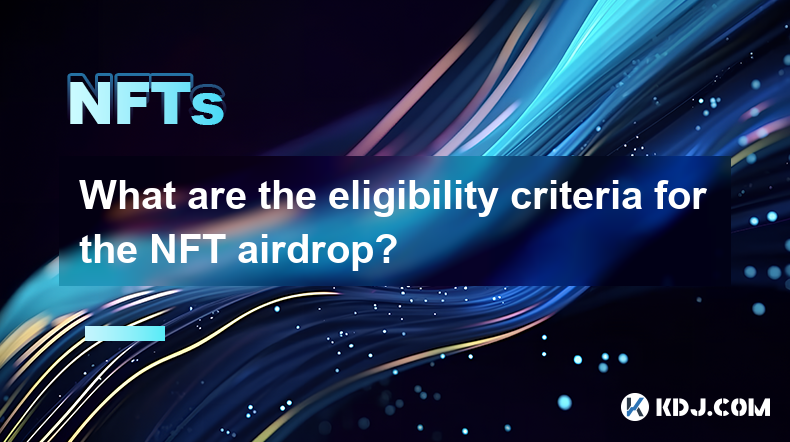-
 Bitcoin
Bitcoin $84,993.8786
0.34% -
 Ethereum
Ethereum $1,599.9353
1.27% -
 Tether USDt
Tether USDt $0.9999
-0.01% -
 XRP
XRP $2.0813
0.78% -
 BNB
BNB $592.4105
0.82% -
 Solana
Solana $138.1937
3.17% -
 USDC
USDC $1.0000
0.00% -
 Dogecoin
Dogecoin $0.1589
2.71% -
 TRON
TRON $0.2413
-1.55% -
 Cardano
Cardano $0.6307
2.60% -
 UNUS SED LEO
UNUS SED LEO $9.3881
1.71% -
 Chainlink
Chainlink $12.8366
1.65% -
 Avalanche
Avalanche $19.2740
1.26% -
 Stellar
Stellar $0.2445
1.24% -
 Toncoin
Toncoin $2.9868
-0.07% -
 Shiba Inu
Shiba Inu $0.0...01221
3.10% -
 Hedera
Hedera $0.1669
0.87% -
 Sui
Sui $2.1351
1.39% -
 Bitcoin Cash
Bitcoin Cash $336.8750
2.70% -
 Hyperliquid
Hyperliquid $18.0804
6.57% -
 Polkadot
Polkadot $3.7246
1.15% -
 Litecoin
Litecoin $76.4144
1.52% -
 Dai
Dai $0.9999
0.00% -
 Bitget Token
Bitget Token $4.4597
2.23% -
 Ethena USDe
Ethena USDe $0.9992
0.00% -
 Pi
Pi $0.6437
5.71% -
 Monero
Monero $212.9449
-1.50% -
 Uniswap
Uniswap $5.2448
1.29% -
 Pepe
Pepe $0.0...07289
2.88% -
 OKB
OKB $50.8316
2.01%
Can NFT technology really guarantee the uniqueness of artworks?
NFTs use blockchain for unique digital fingerprints, but this only guarantees the token's uniqueness, not the artwork itself; copies remain possible. Smart contracts and platform security are crucial, yet legal frameworks remain underdeveloped, impacting ownership claims.
Mar 05, 2025 at 03:42 pm

Key Points:
- NFTs utilize blockchain technology to create a unique digital fingerprint for each artwork, theoretically guaranteeing uniqueness.
- However, the uniqueness is tied to the NFT itself, not necessarily the underlying artwork. Copies of the artwork can exist independently of the NFT.
- Smart contracts play a crucial role in defining the ownership and rights associated with an NFT, but these contracts can be complex and subject to interpretation.
- The platform hosting the NFT also plays a vital role in its perceived uniqueness. Security vulnerabilities or platform failures could compromise this.
- The legal framework surrounding NFTs is still developing, leading to uncertainties regarding the enforceability of ownership claims.
Can NFT Technology Really Guarantee the Uniqueness of Artworks?
The question of whether NFT technology truly guarantees the uniqueness of artworks is complex. While NFTs leverage blockchain's immutable ledger to create a unique digital token representing ownership of a digital asset, this doesn't automatically guarantee the underlying artwork's uniqueness. The NFT acts as a certificate of authenticity, but it doesn't prevent someone from creating and distributing copies of the artwork itself. The uniqueness is tied to the token on the blockchain, not the artwork's inherent characteristics.
The core of an NFT's functionality lies in its association with a smart contract. This smart contract outlines the terms of ownership, including the rights and permissions granted to the NFT holder. However, the complexity of smart contracts can lead to unforeseen loopholes or ambiguities. A poorly written smart contract might not effectively protect the owner from unauthorized copies or uses of the artwork.
Moreover, the security of the blockchain network and the platform hosting the NFT are critical factors. If the blockchain is compromised, or the platform experiences a security breach, the uniqueness of the NFT and the integrity of its ownership record could be jeopardized. This highlights the importance of choosing reputable and secure platforms for minting and trading NFTs.
The perceived uniqueness of an NFT is also influenced by the metadata associated with it. This metadata typically includes details about the artwork, the artist, and its provenance. However, the accuracy and reliability of this metadata depend on the honesty and diligence of the parties involved. False or misleading metadata could diminish the perceived uniqueness and value of an NFT.
Another crucial aspect is the legal framework surrounding NFTs. The legal landscape is still evolving, and the enforceability of ownership claims associated with NFTs remains uncertain in many jurisdictions. Legal challenges could arise regarding copyright infringement, intellectual property rights, and the enforceability of smart contracts. The legal implications are far from settled and vary significantly depending on location.
The process of creating an NFT involves several steps. First, the artist or creator prepares the digital artwork. Next, the artwork is uploaded to a chosen NFT marketplace. Then, the artwork is "minted," meaning a unique NFT is created on the blockchain, representing ownership of the artwork. Finally, the NFT is listed for sale on the marketplace. Each step presents potential vulnerabilities that could impact the perceived uniqueness of the artwork.
- Step 1: Artwork Preparation: Ensuring the artwork's originality is crucial, but verification relies on the creator's honesty and any potential pre-existing rights.
- Step 2: Marketplace Selection: The chosen marketplace's security and reputation directly impact the NFT's security and the trust associated with its uniqueness.
- Step 3: Minting Process: Technical glitches or vulnerabilities during the minting process could affect the NFT's uniqueness or its proper registration on the blockchain.
- Step 4: Listing for Sale: The marketplace's mechanisms for verifying the authenticity and uniqueness of the listed NFT are key to its perceived value.
Therefore, while NFTs offer a mechanism for establishing a verifiable record of ownership and potentially enhancing the perceived uniqueness of digital artworks, it’s crucial to understand that this uniqueness is primarily related to the NFT token itself and not necessarily the artwork it represents. The security of the blockchain, the platform, the smart contract, and the legal framework all play a significant role in determining the effectiveness of an NFT in guaranteeing the uniqueness of the associated artwork.
Frequently Asked Questions:
Q: Can someone copy an artwork even if it's an NFT?
A: Yes, the NFT only guarantees the uniqueness of the token representing ownership. It doesn't prevent someone from copying the digital artwork itself. Copyright laws still apply.
Q: Does the NFT guarantee the artwork's value?
A: No, the value of an NFT, and the artwork it represents, is determined by market forces and demand, not solely by the technology.
Q: What if the NFT marketplace goes bankrupt?
A: The fate of the NFT depends on the specifics of the platform and how it handles its assets. Access to the NFT might be lost or compromised.
Q: Are all NFTs unique?
A: Each NFT is unique in terms of its token ID on the blockchain. However, the underlying artwork might not be unique if it's easily copied.
Q: Can I prove ownership of an NFT in court?
A: The legal enforceability of NFT ownership varies by jurisdiction and is still an evolving area of law. The strength of your case would depend on various factors including the jurisdiction and the specifics of the NFT and associated smart contract.
Q: What role does the smart contract play in NFT uniqueness?
A: The smart contract defines the rights and permissions associated with the NFT. A well-written contract can help to define and protect the owner's rights, but it can't prevent copying of the artwork itself. A poorly written contract can severely limit the protection offered.
Q: How secure is the blockchain technology used for NFTs?
A: Blockchain technology is generally considered secure, but it's not impervious to attacks. The security of a specific blockchain and the platform hosting the NFT are crucial factors to consider. Vulnerabilities can exist in both the blockchain code and the platforms built on top of it.
Disclaimer:info@kdj.com
The information provided is not trading advice. kdj.com does not assume any responsibility for any investments made based on the information provided in this article. Cryptocurrencies are highly volatile and it is highly recommended that you invest with caution after thorough research!
If you believe that the content used on this website infringes your copyright, please contact us immediately (info@kdj.com) and we will delete it promptly.
- Codename:Pepe dips 30% from March highs, sparking investor interest in Codename:Pepe's AI-powered alternative.
- 2025-04-19 14:20:14
- Despite Its Elevated Position as the World's Premier Meme Coin, Dogecoin (DOGE) Has Been Struggling
- 2025-04-19 14:20:13
- Market Update: Crypto Market Remains Steady at $2.79 Trillion with Minimal 0.14% Growth
- 2025-04-19 14:15:13
- Can Mantra (OM) Bounce Back? How High Can the Price Go After 90% Crash?
- 2025-04-19 14:15:13
- President Donald Trump Said at a 2024 Campaign Event That He Wanted All Remaining Bitcoin
- 2025-04-19 14:10:13
- Qubetics ($TICS): The New Frontier in Blockchain Interoperability
- 2025-04-19 14:10:13
Related knowledge

How to display and trade NFTs from NFT airdrops?
Apr 18,2025 at 04:42am
How to Display and Trade NFTs from NFT Airdrops? NFT airdrops have become a popular way for projects to distribute their tokens and engage with their community. If you've received NFTs through an airdrop, you might be wondering how to display and trade them. This article will guide you through the process step-by-step, ensuring you can showcase your NFT...

Do NFTs from NFT airdrops have collection value?
Apr 18,2025 at 11:49pm
NFTs, or non-fungible tokens, have become a significant part of the cryptocurrency ecosystem, and NFT airdrops are one way for projects to distribute these digital assets to their community. A common question that arises is whether NFTs received from airdrops have any collection value. To answer this question, we need to delve into various aspects of NF...

How is the smart contract for NFT airdrops designed?
Apr 18,2025 at 03:10am
The design of a smart contract for NFT airdrops is a complex process that requires careful consideration of various factors to ensure the airdrop is executed smoothly and securely. This article will delve into the intricacies of how such a smart contract is designed, focusing on key components, security measures, and the implementation process. Key Comp...

What are the eligibility criteria for the NFT airdrop?
Apr 17,2025 at 04:56pm
Understanding NFT AirdropsNFT airdrops are a popular method used by blockchain projects to distribute non-fungible tokens (NFTs) to their community members. These airdrops can serve various purposes, such as rewarding loyal users, promoting new projects, or increasing the visibility of existing ones. To participate in an NFT airdrop, individuals must me...

How to protect the copyright of artworks on NFT platforms?
Apr 19,2025 at 06:28am
The rise of Non-Fungible Tokens (NFTs) has revolutionized the way digital art is created, bought, and sold. As artists increasingly turn to NFT platforms to showcase and monetize their work, protecting the copyright of these artworks becomes a crucial concern. This article explores various strategies and tools that artists can use to safeguard their int...

How to attract artists and creators to join the NFT platform?
Apr 18,2025 at 02:50pm
Attracting artists and creators to join an NFT platform is crucial for its success and growth. By understanding their needs and offering unique features, you can create a thriving community of digital artists and content creators. In this article, we will explore several strategies to entice artists and creators to join your NFT platform. Understanding ...

How to display and trade NFTs from NFT airdrops?
Apr 18,2025 at 04:42am
How to Display and Trade NFTs from NFT Airdrops? NFT airdrops have become a popular way for projects to distribute their tokens and engage with their community. If you've received NFTs through an airdrop, you might be wondering how to display and trade them. This article will guide you through the process step-by-step, ensuring you can showcase your NFT...

Do NFTs from NFT airdrops have collection value?
Apr 18,2025 at 11:49pm
NFTs, or non-fungible tokens, have become a significant part of the cryptocurrency ecosystem, and NFT airdrops are one way for projects to distribute these digital assets to their community. A common question that arises is whether NFTs received from airdrops have any collection value. To answer this question, we need to delve into various aspects of NF...

How is the smart contract for NFT airdrops designed?
Apr 18,2025 at 03:10am
The design of a smart contract for NFT airdrops is a complex process that requires careful consideration of various factors to ensure the airdrop is executed smoothly and securely. This article will delve into the intricacies of how such a smart contract is designed, focusing on key components, security measures, and the implementation process. Key Comp...

What are the eligibility criteria for the NFT airdrop?
Apr 17,2025 at 04:56pm
Understanding NFT AirdropsNFT airdrops are a popular method used by blockchain projects to distribute non-fungible tokens (NFTs) to their community members. These airdrops can serve various purposes, such as rewarding loyal users, promoting new projects, or increasing the visibility of existing ones. To participate in an NFT airdrop, individuals must me...

How to protect the copyright of artworks on NFT platforms?
Apr 19,2025 at 06:28am
The rise of Non-Fungible Tokens (NFTs) has revolutionized the way digital art is created, bought, and sold. As artists increasingly turn to NFT platforms to showcase and monetize their work, protecting the copyright of these artworks becomes a crucial concern. This article explores various strategies and tools that artists can use to safeguard their int...

How to attract artists and creators to join the NFT platform?
Apr 18,2025 at 02:50pm
Attracting artists and creators to join an NFT platform is crucial for its success and growth. By understanding their needs and offering unique features, you can create a thriving community of digital artists and content creators. In this article, we will explore several strategies to entice artists and creators to join your NFT platform. Understanding ...
See all articles
























































































